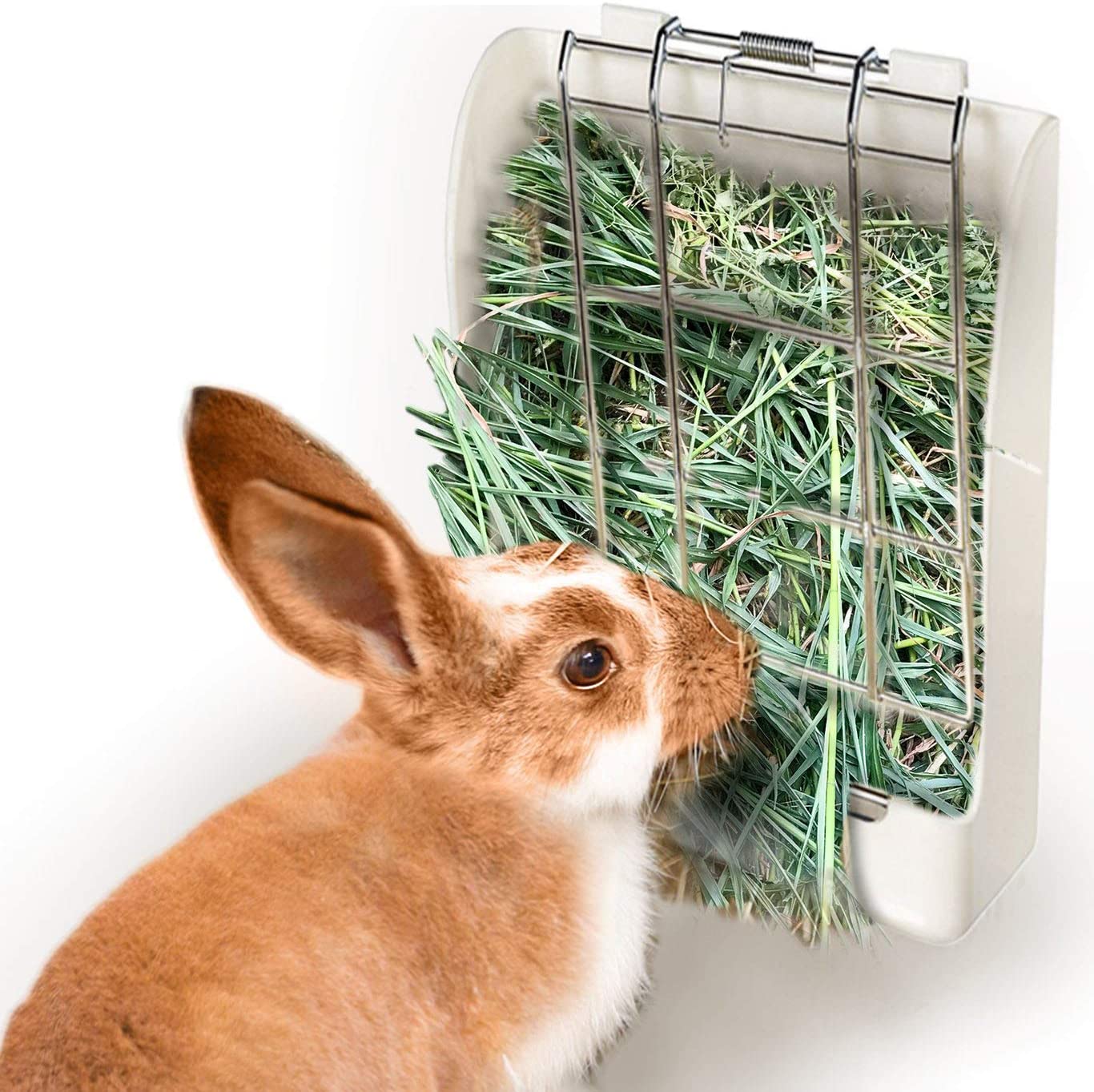Feeder rabbits are a crucial component of the animal husbandry industry, serving as a primary source of nutrition for various predatory animals. These rabbits are specifically bred and raised for the purpose of being fed to carnivorous pets, such as snakes, reptiles, and carnivorous birds. As the demand for healthy, live prey increases, understanding the dynamics of feeder rabbits becomes essential for both breeders and pet owners alike. In this article, we will delve into the world of feeder rabbits, exploring their characteristics, care, and the ethical considerations surrounding their use in pet diets.
Feeder rabbits are not just ordinary rabbits; they are bred with specific traits that make them ideal for feeding other animals. This includes size, growth rate, and overall health. Breeders focus on these traits to ensure that the feeder rabbits provide the necessary nutrition for the animals they are intended to feed. Additionally, understanding the breeding process and the type of care these rabbits require is vital for anyone involved in their production.
As we explore the topic of feeder rabbits, we will address common questions, such as what makes a good feeder rabbit, how to care for them, and the ethical implications of using rabbits as food. Whether you are a breeder, a pet owner, or simply curious about the subject, this comprehensive guide aims to provide valuable insights into the world of feeder rabbits.
What Makes a Good Feeder Rabbit?
A good feeder rabbit is characterized by several factors that ensure it meets the nutritional needs of the animals it will feed. These factors include:
- Size: Feeder rabbits should be of a size that suits the dietary needs of the predator.
- Health: Healthy rabbits are essential for the well-being of the animals that consume them.
- Growth Rate: Fast-growing rabbits can be produced more efficiently, meeting demand in a timely manner.
- Temperament: While temperament may not seem crucial, calmer rabbits can be easier to handle during feeding processes.
How Are Feeder Rabbits Bred and Raised?
The breeding and raising of feeder rabbits involve careful planning and management. Breeders typically follow these steps:
- Selection of Breeding Stock: Choosing healthy and genetically sound rabbits for breeding.
- Breeding Process: Implementing controlled breeding practices to ensure desired traits are passed on.
- Raising Kits: Ensuring that the young rabbits (kits) are cared for properly to promote healthy growth.
- Feeding: Providing a balanced diet that meets the nutritional needs of the rabbits.
What Do Feeder Rabbits Eat?
Feeder rabbits require a balanced diet to ensure they grow healthy and strong. Their diet typically consists of:
- Hay: A primary source of fiber.
- Pellets: Nutritionally complete rabbit pellets provide essential vitamins and minerals.
- Fresh Vegetables: Leafy greens and some root vegetables can be included in moderation.
- Water: Fresh and clean water should always be available.
Are There Ethical Considerations When Raising Feeder Rabbits?
The use of feeder rabbits raises several ethical questions that breeders and pet owners should consider:
- Welfare: Are the rabbits being raised in humane conditions?
- Health: Are the feeder rabbits healthy and free from diseases?
- Purpose: Is the primary purpose of breeding feeder rabbits solely for feeding other animals?
Can Feeder Rabbits Be Kept as Pets?
While feeder rabbits are primarily bred for consumption, many people wonder if they can be kept as pets. The answer is yes, but with considerations:
- Feeder rabbits may have different temperaments compared to traditional pet rabbits.
- They require the same care, space, and attention as other rabbits.
- Potential owners should be aware of the purpose of these rabbits before adopting them.
How to Care for Feeder Rabbits?
Caring for feeder rabbits involves a commitment to their health and well-being. Key aspects of care include:
- Housing: Providing a safe and clean living environment.
- Diet: Ensuring a balanced and nutritious diet.
- Socialization: Interacting with them regularly to reduce stress.
- Health Monitoring: Regular veterinary check-ups to maintain health.
What Are the Common Breeds of Feeder Rabbits?
Some common breeds of feeder rabbits include:
- New Zealand White: Known for their rapid growth and meat quality.
- California Rabbit: Another fast-growing breed with good meat production.
- American Chinchilla: Valued for their size and fur quality.
Conclusion: The Role of Feeder Rabbits in Animal Care
Feeder rabbits play a vital role in the ecosystem of animal husbandry, providing essential nutrition for various predatory animals. Understanding their breeding, care, and ethical implications is crucial for anyone involved in this industry. By fostering a greater awareness and responsibility towards feeder rabbits, we can ensure their well-being while fulfilling the dietary needs of carnivorous pets. Whether as a source of food or as potential companions, feeder rabbits deserve our respect and care.
Bash In Ottawa, IL: A Celebration Like No Other
Discover The Flavorful Delights Of Texas Roadhouse Athens GA
Discovering Hadley Middle School: A Hub For Young Minds


